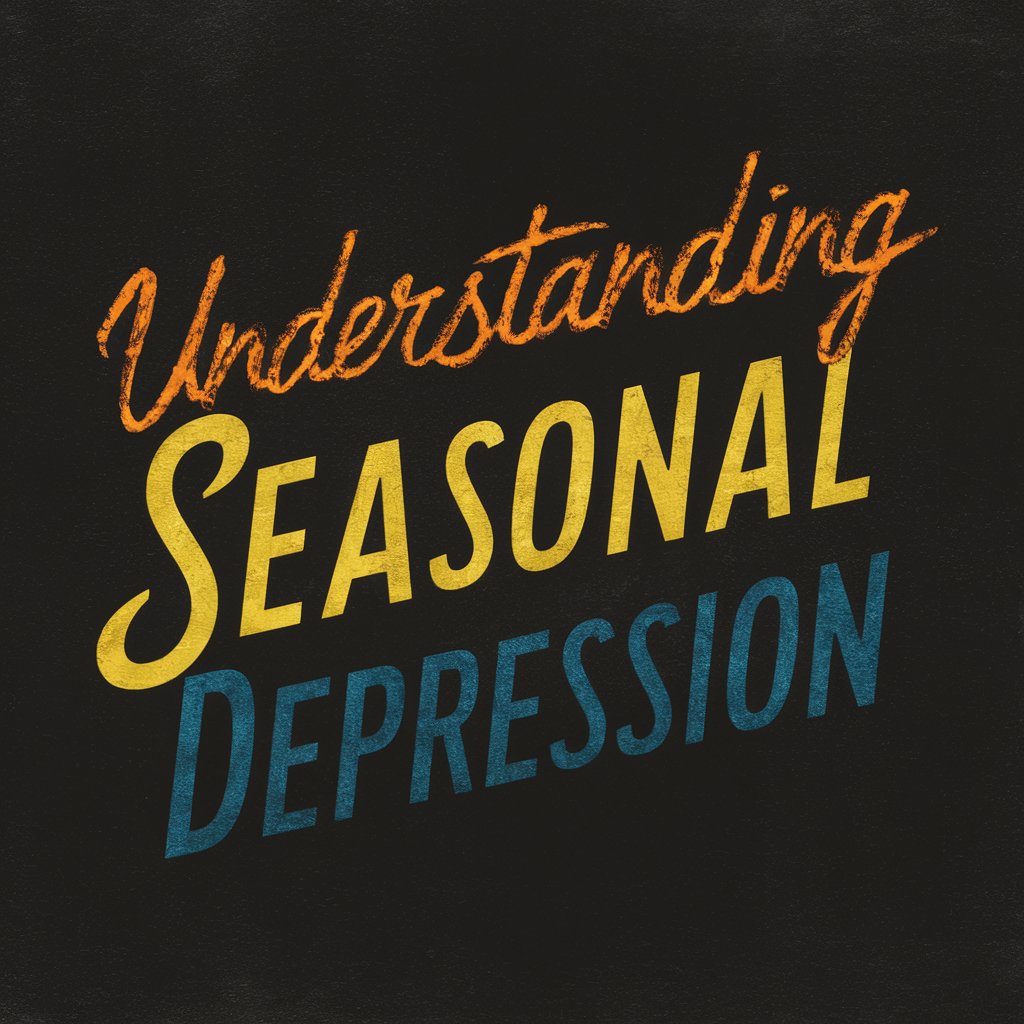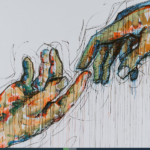A type of depression is characterized as Seasonal Affective Disorder (SAD), the symptoms of which occur correlated with the different seasons. Most individuals who suffer from SAD experience the onset of their symptoms in the autumn and throughout winter. However, this is more than just ‘winter blues’ syndrome and people should not ignore it.
Seasonal affective disorder differs from the other forms of depression because it occurs at a particular time of the year. Lack of exposure to sunlight particularly during the cold season of winter may throw off the circadian rhythm hence making an affected individual feel sad or lethargic.
The Symptoms of Seasonal Depression
You must understand that a bad day at work is different from seasonal depression. SAD is characterized by symptoms that are similar to general depression, but these are recurrent at a specific season. You can wake up feeling exhausted, struggle to get out of bed in the mornings, or sleep for long hours and still be sleepy. It is manifested as a leaden heaviness in the limbs and joints, severe fatigue, and loss of interest in social activities that were previously liked—you start to behave like bears in hibernation.
Persons diagnosed with winter-pattern SAD experience symptoms such as oversleeping, changes in appetite and food preferences, weight gain, and fatigue or reduced energy, among others.
Causes of Seasonal Depression
Although the reason behind SAD is still unknown, some facts may trigger the beginning of this disorder. Less light in the fall and winter months alter the body’s natural clock known as the circadian rhythm that helps the body differentiate between wake state and sleep state. This disruption is capable of eliciting the feeling of depression. Seasonal variations have also been noted to reduce the levels of serotonin, a mood regulating neurotransmitter that is induced by sunlight. This in turn can upset the natural rhythm of the body’s melatonin level, a substance responsible for regulating sleep and mood.
Other determinants include geographic circumstances. Individuals who are mainly confined indoors or are residents of large cities where exposure to sunlight is minimized may have a higher risk of suffering from SAD.
Diagnosing Seasonal Depression
Health professionals can diagnose the presence of symptoms through clinical interviews and examinations that encompass a comprehensive physical check-up as well as a psychiatric one. They may have some instruments they can use to assess the pattern of depression and mood swings.
Conclusion
SAD is not a myth but a veritable disorder that many people experience each year, particularly during the cold months of winter. Identifying the early symptoms and the risk factors are the initial stages of dealing with this health state. If you feel that you or someone you know may have SAD, it is crucial for you to consult a doctor or a mental health specialist. There are treatments that can work, such as light therapy, medications, and psychotherapy. Nobody should struggle with the manifestations of seasonal depression, and it is vital to get out there to seek the help you need.





